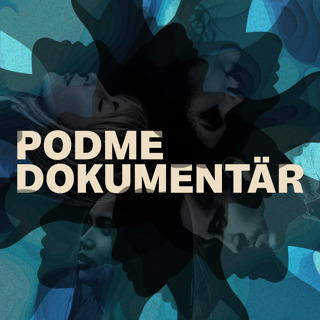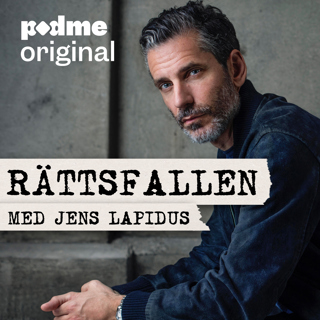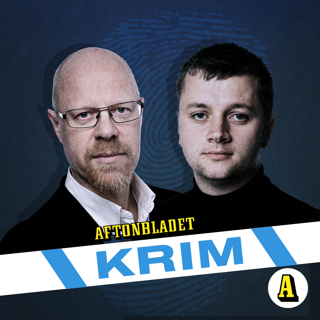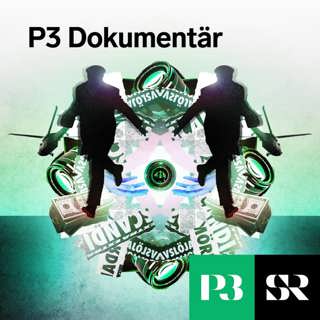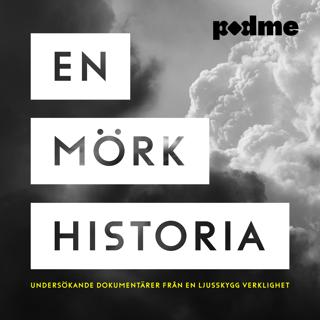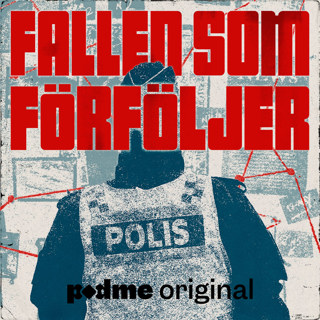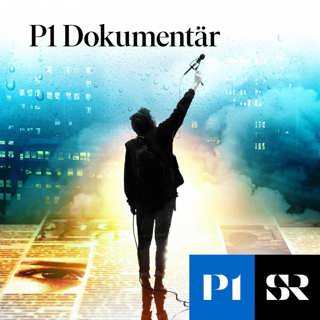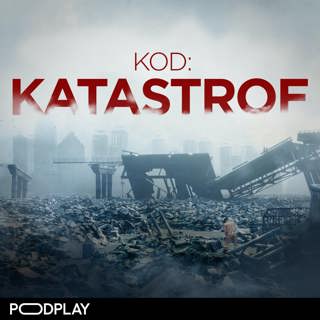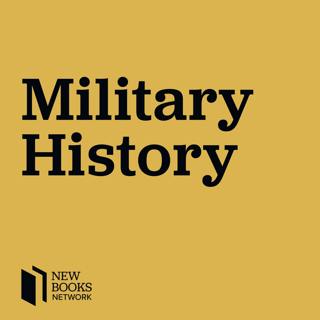
Ben Shepherd, “Terror in the Balkans: German Armies and Partisan Warfare” (Harvard UP, 2012)
With Terror in the Balkans: German Armies and Partisan Warfare (Harvard University Press, 2012), Ben Shepherd, a Reader at Glasgow Caledonian University, offers us insight into the complex and harrowing history of the German Army’s occupation of the former Yugoslavia from 1941-1943. By analyzing the command structures at the divisional and regimental level, Shepherd helps to explain how and why the violence ebbed and flowed in the various occupied regions. But he also looks further down, to see how the behavior of specific units was shaped by the vagaries of terrain, supply, the character of the opposition, and even certain commanders’ backgrounds and experiences. Always cautious not to make claims beyond the limits of his evidence, Shepherd nevertheless draws important conclusions about how history, personality, and National Socialist ideology shaped the behavior of the German Army in the Second World War. For that and for illuminating in clear and concise prose the foggy and chaotic political and military environment in the Balkans during those years, Shepherd should be congratulated. Learn more about your ad choices. Visit megaphone.fm/adchoices Support our show by becoming a premium member! https://newbooksnetwork.supportingcast.fm/military-history
26 Sep 201247min

Gregory Crouch, “China’s Wings” (Bantam Books, 2012)
When I was a kid I loved the movie “The Flying Tigers.” You know, the one with John Wayne about the intrepid American volunteers sent to China to fight the Japanese before the United States really could fight the Japanese. I recall building a model of one of their P-40 Warhawks with their distinctive “shark’s mouth” nose art. And though I knew a lot about The Flying Tigers, I didn’t really know much about the Big Picture in which they operated. Thanks to Gregory Crouch‘s fine China’s Wings: War, Intrigue, Romance, and Adventure in the Middle Kingdom during the Golden Age of Flight (Bantam Books, 2012), I do. Greg does not tell the story of The Tigers; he tells the story of the aviation pioneers who made The Tigers possible. These were the man of the China National Aviation Corporation. They brought commercial aviation to China, which is an excellent tale in itself. But they also volunteered to fight the Japanese even before The Tigers entered the picture. Importantly, they also blazed “the Hump,” the dangerous trans-Himalayan air route between India and China that kept the Nationalist Chinese in the game and generally provided aid and comfort to anti-Japanese forces. This is a wonderful book full of remarkable characters and unbelievable adventures. There’s a bit of romance as well. I asked Greg during the interview whether he’d sold the film rights. I imagine he will soon. Learn more about your ad choices. Visit megaphone.fm/adchoices Support our show by becoming a premium member! https://newbooksnetwork.supportingcast.fm/military-history
30 Aug 201255min

Steven H. Jaffe, “New York at War: Four Centuries of Combat, Fear, and Intrigue in Gotham” (Basic Books, 2012)
Many people – including myself – are no doubt surprised to learn about New York City’s rich four hundred year military history. I teach in Flushing, New York, deep in the heart of Queens, at one of the country’s largest public universities. And in my American History survey classes, I strive to bring as much of the city’s history to bear as possible. Now after reading Steven Jaffe‘s book, New York at War: Four Centuries of Combat, Fear, and Intrigue in Gotham (Basic Books, 2012), I realize that I could do a lot more covering New York’s military history. Jaffe escorts his reader on a dramatic tour of New York at war, from the settlement of New Amsterdam by the Dutch in 1624, to the city’s response to the September 11, 2001 attack on the World Trade Center. It is an entertaining and informative tour, and one which I can attest will certainly affect my own treatment of the city’s history in my classes. Overall New York at War is a pleasure for all readers, but it should have a special place for our listeners from the metropolitan New York area. Learn more about your ad choices. Visit megaphone.fm/adchoices Support our show by becoming a premium member! https://newbooksnetwork.supportingcast.fm/military-history
11 Aug 20121h 28min

Richard Bessel, “Germany 1945: From War to Peace” (Harper, 2009)
One chilling statistic relating to 1945 is that more German soldiers died in that January than in any other month of the war: 450,000. It was not just the military that suffered: refugees poured west to escape the brutality of the Red Army’s advance through the historic German lands of East Prussia, Pomerania and Silesia; and civilians in the cities bore the brunt of the Luftwaffe’s failure to stem the allied bombing campaign of the RAF at night time and the USAAF during the day. The staggering scale of losses during those last months of war also hints at why 1945 is such a grimly fascinating one from a historical perspective: Nazi Germany faced an inevitable end, yet continued to fight grimly until the bitter end, achieving a total defeat that was unprecedented in modern history. In doing so it created a ‘zero hour’ for the German people, who then set about rebuilding their lives, economic activity and ultimately Germany itself, with the Nazi era firmly in the past. The legacy of the Nazis, of course, was all around – not just in the sheer scale of destruction and suffering, but also in the survivors of Nazi camps, both Jewish and otherwise, and the foreign labourers, all of whom found themselves freed in a defeated nation. The country was divided into zones of occupation, each with their own character, their own challenges and their own solutions. In the midst of this a new Germany was born -or more accurately, two new Germanys). Much of the eventual political, economic and social achievements of West Germany were founded on the peculiarities of 1945, in particular the totality of the Nazi defeat and the yearning for stability after chaos and destruction. There was also – and this sounds peculiar to us looking back at the crimes of the Nazis – a distinct sense of victimhood. Richard Bessel‘s Germany 1945: From War to Peace (Harper, 2009) is an excellent guide to that tumultuous and difficult year, from the military reverses of the early months to the immense challenges that rose in the wake of defeat. It was a book that I came across almost by chance, in a shop in Doha airport that frustratingly failed to provide me with a copy of The Economist to read on a flight back to London. I was already fifty pages in by the time we lifted off, and – once home – I got in touch with the author, hoping for an interview. I hope you enjoy listening to the results! Learn more about your ad choices. Visit megaphone.fm/adchoices Support our show by becoming a premium member! https://newbooksnetwork.supportingcast.fm/military-history
2 Juli 201255min

Gregory A. Daddis, “No Sure Victory: Measuring U.S. Army Effectiveness and Progress in the Vietnam War” (Oxford UP, 2011)
Ask any student or aficionado of the Vietnam War (1965-1972) for a top ten list of artifacts “unique” to the war, and chances are the phenomenon of “body counts” as a tool for measuring success in the field will come up. Indeed, the use of casualty metrics, while not the sole means of calculating progress in this unconventional war, was one of the Army’s most heralded – and subsequently, most criticized – assessment tools. Taking its place alongside more esoteric metrics, such as gauging security on the basis of population resettlement, calculating the denial of strategic space by measuring raw acreage of defoliated land, and estimating anticipated casualties on the basis of ordnance tonnage expended on a defined area, body counts became the most visibly broken method employed by the Pentagon during the war. Even now, nearly fifty years after the war began, historians continue to debate the effectiveness of such metrics, and how they did or did not accurately portray the course of the conflict. Gregory A. Daddis’ new book, No Sure Victory: Measuring U.S. Army Effectiveness and Progress in the Vietnam War (Oxford University Press, 2011), takes direct aim at the questions of how a technologically-advanced army measures its progress and success in an asymmetrical conflict. Recognizing that data collection efforts frequently overwhelmed any effort at proper and judicial analysis, Daddis considers how the quest for reliable metrics of success affected the conduct of operations in the field. No Sure Victory is a critical addition to the historiography of the Vietnam War, and presents a valuable addendum for students and practitioners of unconventional war alike. Learn more about your ad choices. Visit megaphone.fm/adchoices Support our show by becoming a premium member! https://newbooksnetwork.supportingcast.fm/military-history
17 Juni 201254min

Raymond Jonas, “The Battle of Adwa: African Victory in the Age of Empire” (Harvard UP, 2011)
Raymond Jonas‘ The Battle of Adwa: African Victory in the Age of Empire (Harvard UP, 2011) places Menelik alongside Napoleon and other greatest strategists. The Ethiopian emperor carried out a brilliant maneuver across hundreds of miles, essentially defeating his Italian adversaries without battle. That battle came was the colossal blunder of the Italians and one that cost thousands of Italian and Askari soldiers their lives. More than just the history of the campaign, The Battle of Adwa provides keen insights into Menelik’s court and elucidates Italian imperial ambitions. Learn more about your ad choices. Visit megaphone.fm/adchoices Support our show by becoming a premium member! https://newbooksnetwork.supportingcast.fm/military-history
1 Maj 201236min

Anna Krylova, “Soviet Women in Combat: A History of Violence on the Eastern Front” (Cambridge UP, 2010)
We’re all familiar with the film cliche of the little band of soldiers who in ordinary life never would have had met, but who learn to appreciate each other in the battles of World War II. All white, of course: African Americans would have to wait till the integration of the armed forces. But still, there’s a kind of earnest 1940s diversity in those movies: maybe a wide-eyed kid from the farm, a privileged college boy, and a Jewish guy from Brooklyn. With some subplot about a faithful girlfriend, or maybe an unfaithful one, back home. In the Red Army, the situation was a little different. There, the women were snipers, tank drivers, combat pilots, machine gunners, and the like: skilled purveyors of lethal violence, serving side by side with men (and sometimes above them, as their commanding officers). This was the first Soviet generation, educated in co-educational schools where everyone participated in paramilitary exercises and no one took home economics. When the long-awaited war with Germany came, women of this cohort took for granted that they would take up arms. Anna Krylova‘s book, Soviet Women in Combat: A History of Violence on the Eastern Front (Cambridge University Press, 2010), tells their story. Drawing on diaries, memoirs, letters, oral histories, and state records, Krylova reveals a world in which neither men nor women considered the “woman soldier” to be an oxymoron. And she reveals how this history was thoroughly marginalized after the war. Anna Krylova is associate professor of history at Duke University, and her book is the 2011 winner of the Herbert Baxter Adams Prize of the American Historical Association. It’s a great read for anyone interested in the Second World War – and it’s a thoughtful lesson in the possibilities for reimagining gender. Learn more about your ad choices. Visit megaphone.fm/adchoices Support our show by becoming a premium member! https://newbooksnetwork.supportingcast.fm/military-history
27 Apr 20121h 24min

Karen Petrone, “The Great War in Russian Memory” (Indiana UP, 2012)
Historical studies on the European memory of World War I are, to put it mildly, voluminous. There are too many monographs to count on a myriad of subjects addressing the acts of remembrance and commemoration of the so-called war to end all wars. But when it comes to Russia, from which 15 million men fought, 2 million died, 5 million were captured and an estimated 1.5 million civilians perished, there is a strange historiographical silence. In fact historians of Russia speak more often of an absence of memory because the Bolshevik revolution labeled WWI as an “imperialist war,” and thus rendering its remembrance illegitimate. It is because of this silence that Karen Petrone‘s The Great War in Russian Memory (Indiana University Press, 2012) is such an illuminating and refreshing book. Petrone shows that much like their European counterparts Russians produced a rich memory of the war, even within the strictures of the Soviet system. And the issues that memory addressed were many we assume were forbidden in Soviet Russia: the sacred and the religious, Russian nationalism and patriotism, and the war’s physical and psychological traumas, to name a few. In Petrone’s study, Russia is rightly restored as part a pan-European reckoning with the Great War, the remembrance and commemoration of which was far reaching and impossible to tame despite the Bolsheviks’ best attempts. Learn more about your ad choices. Visit megaphone.fm/adchoices Support our show by becoming a premium member! https://newbooksnetwork.supportingcast.fm/military-history
20 Apr 201255min


